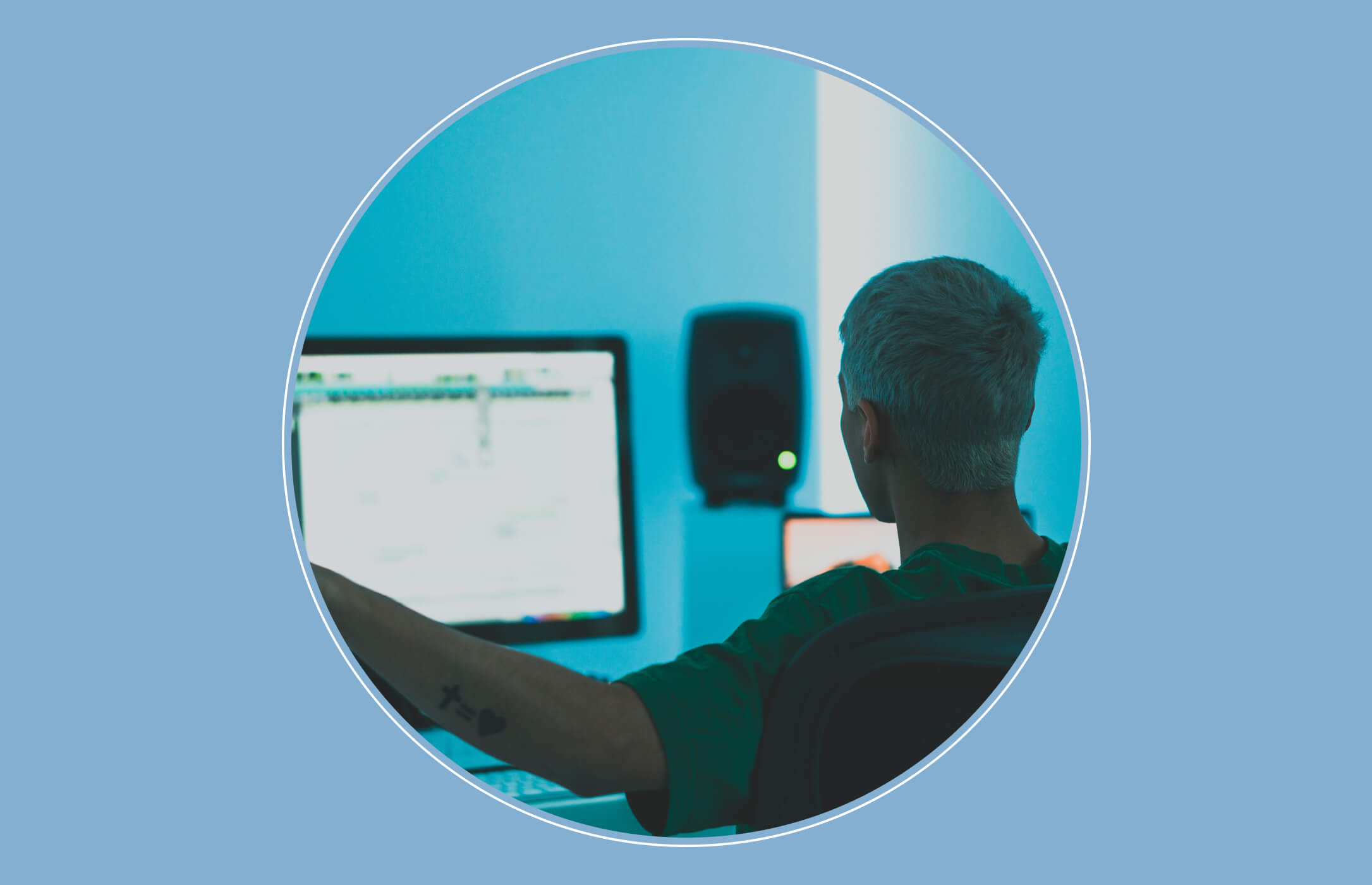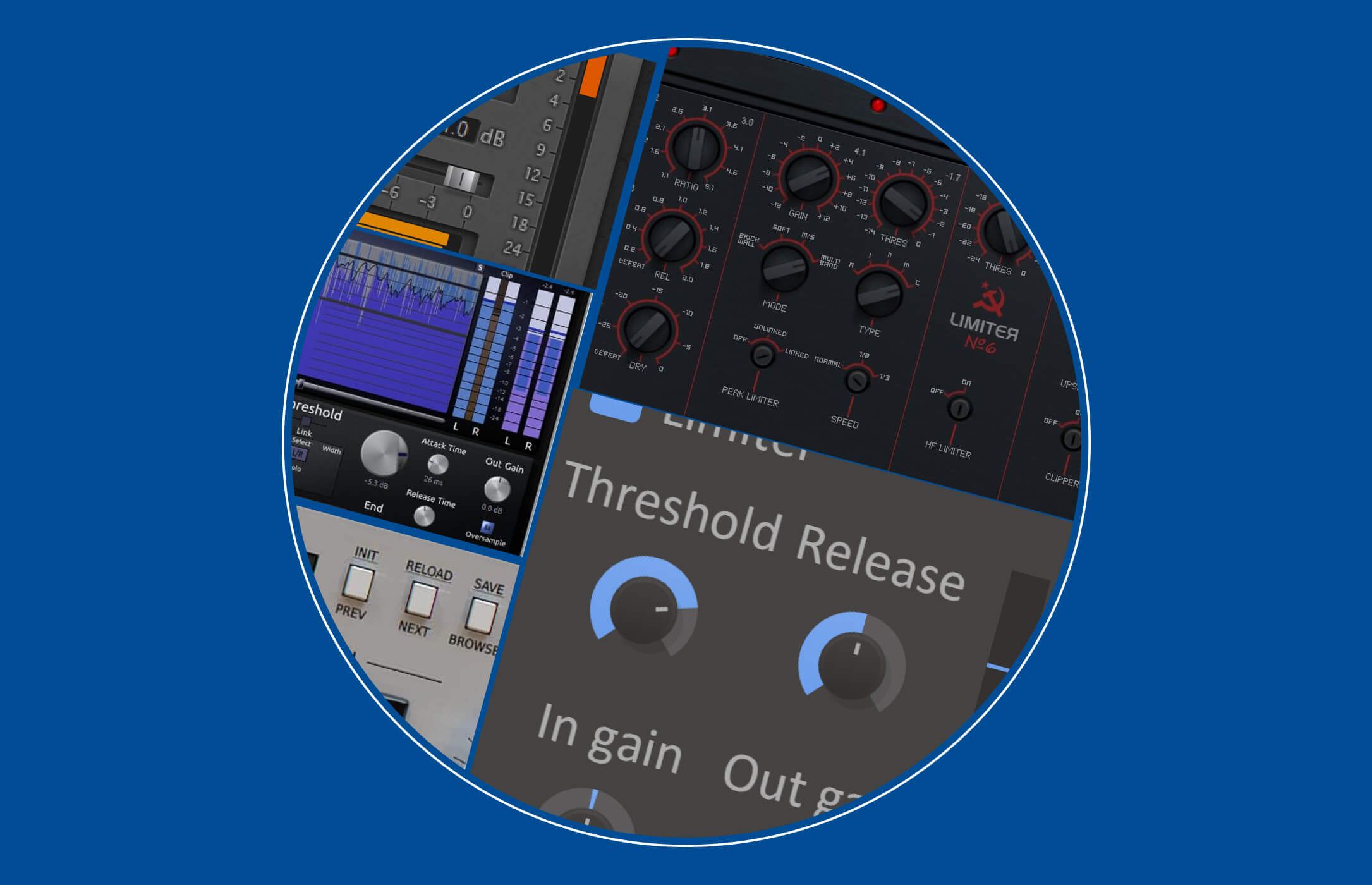It’s all about the chain
Image by: Ioana Ng
Intro
One of the biggest challenges for a new starting producer is the constant question: “How do I get that ‘record sound’ without spending tens or hundreds of thousands of dollars?” Very often we get lost in way too many product choices available online, or we tend to be curious and look at those amazing photos of legendary studios that made history around the globe.
The result is simply confusion and loss of self-esteem. The truth is: Yes, there are amazing, expensive tools that can transform your songs, productions, or mixes but it is also true that we live in 2020 and we can pretty much create an amazing sound just knowing where to point the finger at and trying to avoid unnecessary mistakes coming from marketing campaigns, which the only goal is to distract you from what are actually the real tools you need to record a great, musical song. And believe me, these tools are not often mentioned in forums or the usual “trusted” magazines.
Save time, money, and energy. Focus on music and sound
We are Tough Sale, a classical guitar and producer Duo and we have a 25-years-experience in the professional music business. We developed, what I would call the most important tool in music production and recording; a well-tuned ear.
That’s right, the ear and the action of listening is the most relevant teacher you can have.
But even with the trained ear, we had to discover certain techniques and tools in order to start recording our guitars in the best way possible… and of course, later on vocals and other instruments for the artists, we collaborate with.
That was the most difficult walk we had to go through. Nobody wants to tell you their “secrets”, nobody wants to really help you with initiating the first cable routing of your converter or they simply have their taste which doesn´t mean it’s going to help your growth. You are basically alone and you are forced to trust the seller of your local audio shop, or simply being dragged around by the words of the employees from your favorite music store.
Go “ALL IN” in the recording process
You can trust me on this one: Don’t worry too much about analogue or digital in the mix. But instead record with the best quality possible, even if it’s just one vocal. That vocal will be alive once you record it with quality, and wisely. What comes before the converter is what truly matters! We can’t say that enough. In a few words: get a good microphone, an outstanding preamp, and a great converter. It may sound weird when you read the adjectives used for the tools (just listed) but there is a reason for it.
In the beginning, I said these tools are not often mentioned. That means, not every famous microphone is great and not every most-used preamp is producing the sonic characteristics you have in mind.
What I found to be really sonically rewarding when it comes to preamps, is the headroom. The headroom is very important because it makes an audio signal feel more 3D, more realistic, and of course closer to you. The headroom allows your recording to be more pleasing and soulful, producing possibly a better low-end and a “taller” high-end. After trying lots of preamps, including the usual 1073’s, I couldn´t believe how much better tube gear was in that regard. Why? The key is Voltage.
A tube preamp can reach much higher voltages than a solid-state preamp or a 500-series one. And one of the biggest players in making the valve-sound stand out is the quality of the power supply. People talk a lot about power supplies not being much of a deal but it couldn´t be farther from the truth.
Manley Labs makes an amazing mic preamplifier called ‘Manley Force’ and it sounds amazing with an even more amazing price tag. We are not endorsed by Manley but we highly recommend it.
When you know you have a great high-voltage pre, you can afford not to waste too much money on a microphone. The microphone is of course very important but in my opinion a smaller problem than a preamp. Once the preamp is doing the heavy lifting you can just focus on choosing a good mic with the tone you prefer. Even an 800 $ mic can deliver a great result if combined with a high voltage microphone preamplifier. You won’t get the same result using a very expensive microphone and a 500-series preamp.
Here comes the third point: Conversion…this is definitely not an easy one. The market is saturated with interfaces and while today conversion may not be a big issue, because the chips used are very high performance and very cheap to manufacture, the analog side of the audio cards is where companies try to save money on focusing more on marketing. The Chip is only a small fraction of what a converter is built of.
A better Analog-to-digital converter has indeed a superior analog component structure. Good converters sound cleaner, with the mid frequencies being clearer and wider, the lows are more extended and transients are more musically outlined.
A nice analog recording chain contains a lot of information that surpasses the frequency ranges of the digital EQ spectrum by a lot, and you want to make sure your converter keeps as much ‘sound magic’ as possible, which after gets sent to your Digital Audio Workstation.
When it comes to choosing a converter we should keep in mind that dedicated cards are more expensive than multichannel interfaces because they simply focus on quality and yes, while it’s very nice to have one of those super cool interfaces with thunderbolt-3 and DSP to run their plugins, our choice would be here to just go straight to a ‘state of the art’ limited channel count converter.
Apogee, Antelope Audio and Universal Audio are great sounding cards. Burl Audio, Prism, and JCF Audio are the best the market can offer (in my opinion).
We come now to the final point.
Once a sound has been sampled greatly from the beginning there is no problem mixing it totally in the box. Digital technology has advanced so much that I honestly don’t find mixing in the computer a problem anymore but ONLY at the cost of having a well recorded high-quality audio track, at least your main vocal or instrument.
Often though this is not the case, and you end up seeing studios full of midi controllers, DSP accelerators, millions of plugins and sadly poor choices in mics, preamps and converters.
Music needs to thrive, it keeps people well accompanied in life. Music needs to leave a scar in other peoples’ lives. With this small, careful choice we literally can change the projection and the power of the music we record without breaking the bank.
We feel that this is the most valuable information a new producer needs to keep in mind to end up with a solid and -no compromise- product that screams -pro-
Written By Carlo Corrieri



